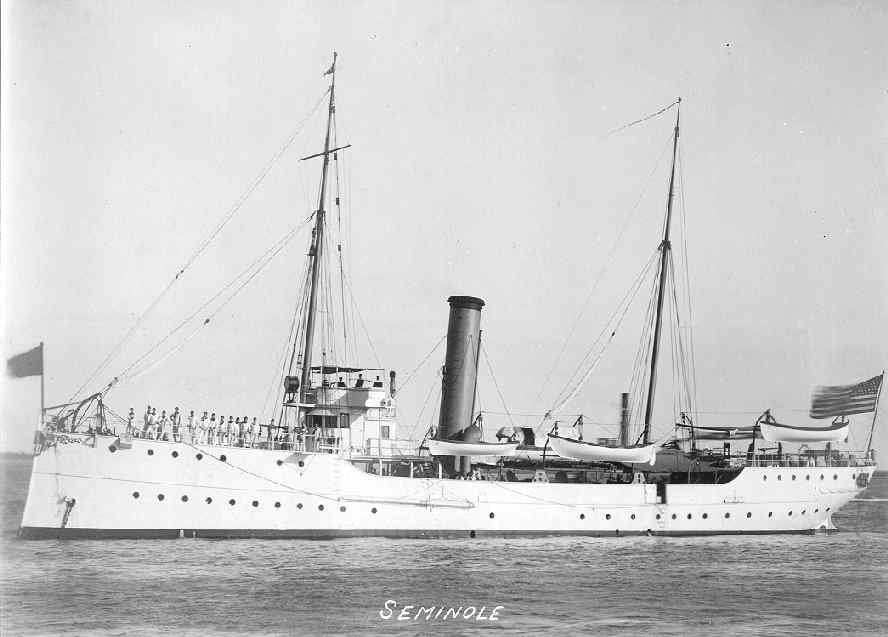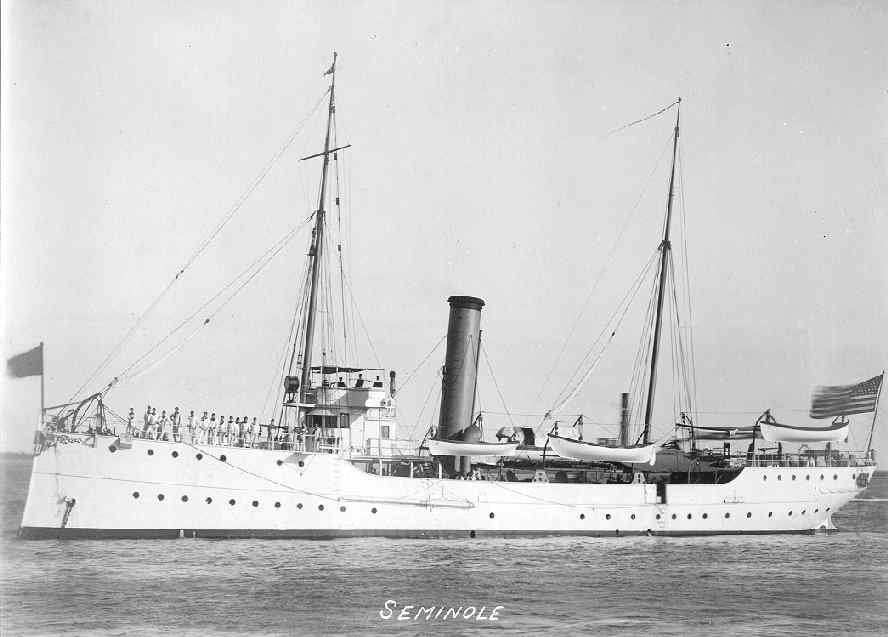Prohibition Holidays

By Liz Fuller
As hosts and hostesses throughout Southport plan their annual holiday parties, they can take for granted their ability to serve their guests the champagne, wine, beer or liquor of their choice. But of course, that has not always been the case. From 1903 to 1937, Southport was a dry town. It wasn’t until 1957 that the ABC store on Howe Street opened its doors. And it wasn’t until 1979 that a restaurant patron could order a mixed-drink with his meal. But even 100 years ago, during the height of prohibition, a determined Southport host would have been able to find some kind of alcohol to serve his guests. As humorist Will Rogers once quipped, “Prohibition is better than having no alcohol at all.”

Most people have heard of homemade whiskey, or moonshine. And there was plenty of illegal distilling going on in the woods of Brunswick County in those days. But by being situated along the coast, Southporters also had access to more refined alcoholic beverages. Ships from as far away as Canada, South America, and the Bahamas would fill their holds with contraband liquor and come as close as three miles offshore, where U.S. jurisdiction ends. There, safe in international waters, the large ships would wait for their customers to arrive. Small contact boats, under the cover of darkness, would rendezvous with the motherships and purchase some of their illegal cargo.
The government was well aware of this seaborne smuggling and did its best to combat it. The Coast Guard was tasked with policing the waters and deterring illegal activities. In North Carolina, CG Cutter Seminole, captained by E. S. Addison, took the lead in patrolling “rum row” as the three-mile mark came to be known.
One of the Seminole’s more newsworthy accomplishments was the capture of Message of Peace, a British schooner which had entered Ocracoke Inlet to sell liquor to a party of northern sportsmen. The vessel was detained. The captain and two of the crewmembers were arrested. The liquor was stored at the Wilmington customs-house under triple-lock and key and guarded around the clock for 12 months until a decision was made as to what to do with it.
Finally, in December 1922, it was determined that all 11,916 bottles would be destroyed, one by one. Among the contents were cases of Haig and Haig, several varieties of fine Irish liquor, a quantity of Calvert, and an assortment of Jamaican rum. It was estimated that the cargo had a value of $95,328 ($1.7 million in 2022). It was the largest single cargo of liquor confiscated or destroyed in North Carolina during prohibition.
Of course, coastal North Carolina was never the rum smuggler’s intended market. The majority of illegally imported liquor simply passed through Southport and other coastal towns on its way to large cities where it could be sold at premium prices. However, it’s likely that here and there, a bottle or two found its way into a Southport home. Such a treat would have been highly prized. Its possession, obtained with challenge and risk, would not have been taken for granted. But despite its rarity, Southport hospitality would have prevailed. On very special occasions, the precious bottle would have been taken out and shared, such as when good friends gathered, to celebrate the great and glorious promise of the New Year.











Leave a Reply